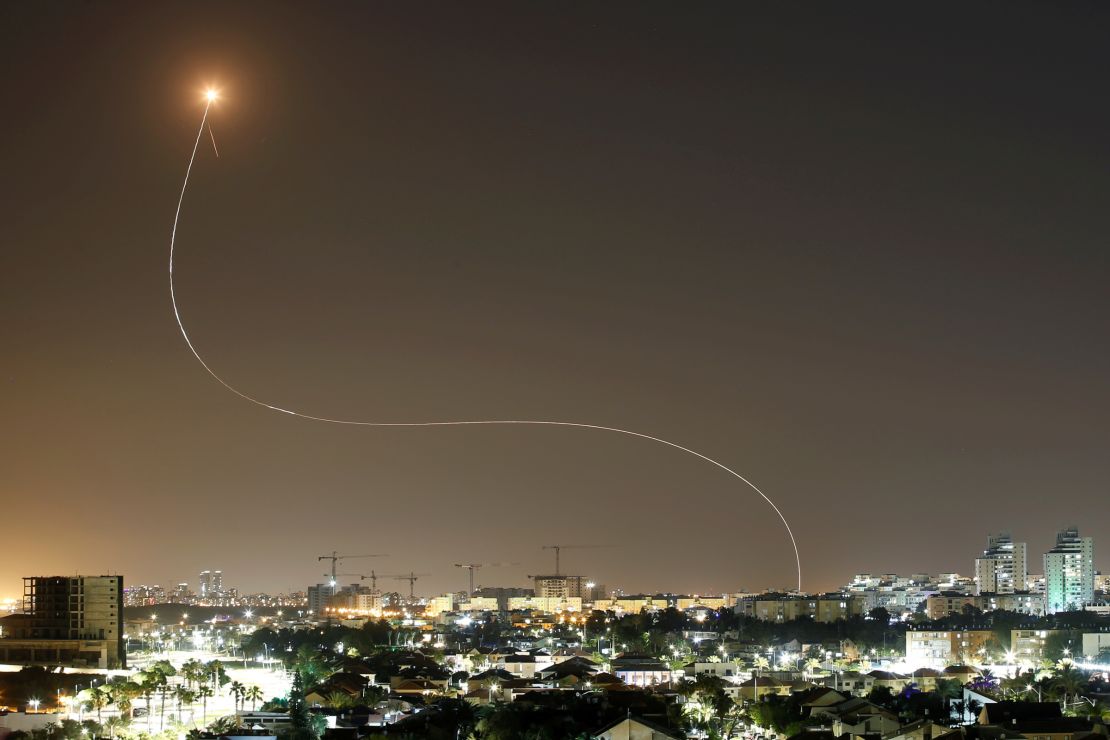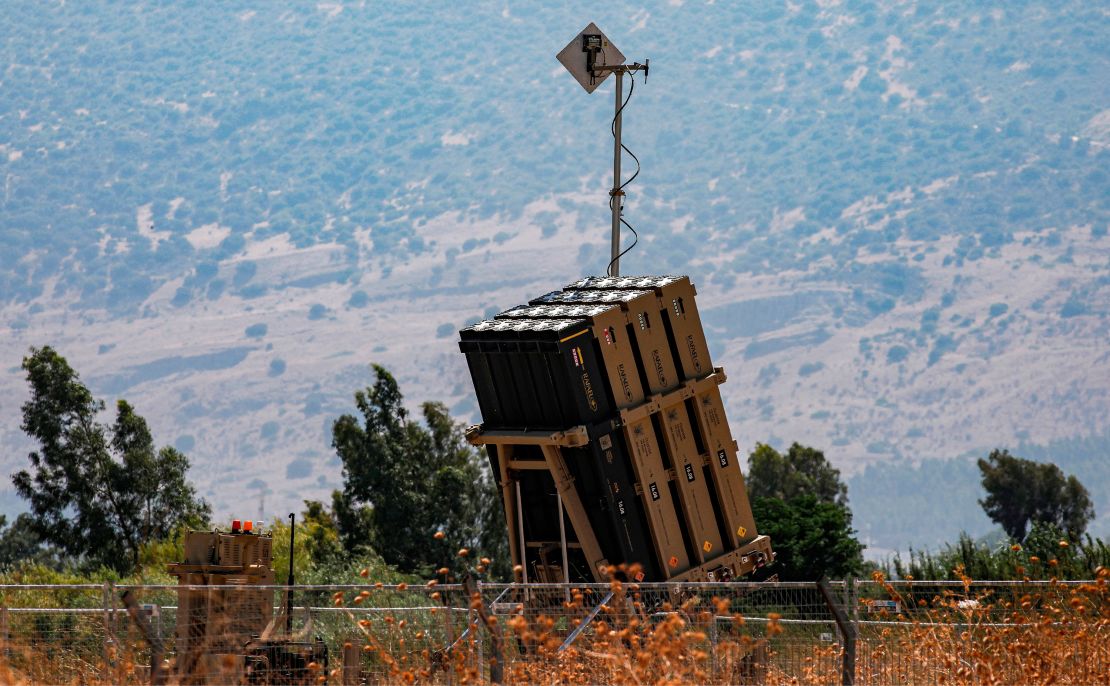Over the last nine days, thousands of rockets have been fired from Gaza towards Israeli territory. And every day they’ve been met by missiles from Israel’s Iron Dome defense system.
“The Iron Dome Aerial Defense System has one purpose – to intercept rockets mid-air before they can kill Israeli civilians. We will not apologize for saving lives,” the Israeli Defense Forces (IDF) tweeted on Tuesday.
The Israeli military says those missiles intercept more than 90% of the rockets targeted. But the Iron Dome doesn’t chase down every rocket. In fact, according to official IDF data, the system has destroyed fewer than half the rockets and mortars fired by Hamas and Islamic Jihad.
As of late Sunday, the Israeli Air Force said that approximately 3,100 rockets had been fired from Gaza since the start of the latest conflict, just over a week ago. About 450 had fallen short and failed to penetrate Israel. Of the remaining 2,650, about 1,210 had been intercepted.
Given the sheer volume of rockets fired from Gaza, frequently in intense barrages, the Iron Dome “decides” which pose the greatest threat to urban areas and infrastructure, ignoring those whose trajectory indicates they are likely to hit unpopulated areas or the sea. The IDF assess that there were 13,000 to 14,000 rockets in Gaza before this escalation began – so selective targeting would seem critical.
Some do, of course, get through. At a United Nations Security Council session on Sunday, Tor Wennesland, the UN’s Special Coordinator for the Middle East peace process, noted that rockets had reached “as far as the outskirts of Jerusalem, Tel Aviv and its suburbs and Ben Gurion airport.”
“Direct hits have been reported in multiple locations, causing damage to residential and commercial property, as well as schools and a crude oil pipeline,” Wennesland said.


So far, militant fire has been responsible for at least 12 deaths inside Israel.
The Iron Dome, developed by the Israeli company Rafael Advanced Defense Systems and the American company Raytheon, became operational 10 years ago. It comprises radar to detect the rockets; a command-and-control system that analyzes data provided by the radar; and the air-defense missiles that are then directed to intercept. Each missile costs about $40,000, so intercepting 1,200 incoming rockets is a very expensive proposition.
Whereas a lot of air defense systems are designed to counter ballistic missiles, the Iron Dome targets unguided rockets that remain at low altitudes. The system is effective up to a range of 70 kilometers (about 43 miles). At the same time, the Israeli military tries to locate and destroy the launchers within Gaza, many of which are mobile, and the rocket factories that make them.
Each battery has a firing-control radar to identify targets. It also has a portable missile launcher. The system is easily transportable, with just a few hours needed to relocate and set up.
In pictures: Israelis and Palestinians endure days of violence
The missile is highly maneuverable. It is 3 meters (almost 10 feet), long; has a diameter of about 6 inches (15 cm); and weighs 90 kilograms (198 pounds), the security analysis group IHS Jane’s said in 2012.
The warhead is believed to carry 11 kilograms of high explosives, IHS Jane’s said. Its range is from 4 km to 70 km (2½ miles to 43 miles).
The Iron Dome has also been repeatedly upgraded to be able to counter the threat from mortars, which stay in the air for a much shorter time than rockets, and most recently from drones. The IDF said on May 13 that the system had “intercepted a UAV belonging to the Hamas terror organization that crossed from the Gaza Strip into Israeli territory,” the first time a drone had been intercepted during combat.
Israeli military analysts regard the system as a great success in protecting civilians, but they see the Iron Dome as just one component of a broader military strategy.
“The IDF does not believe in the possibility of achieving victory in a war, campaign or a limited conflict through the defense,” wrote IDF Dado Center researchers in 2015. “A victory always entails an offensive.”













































































